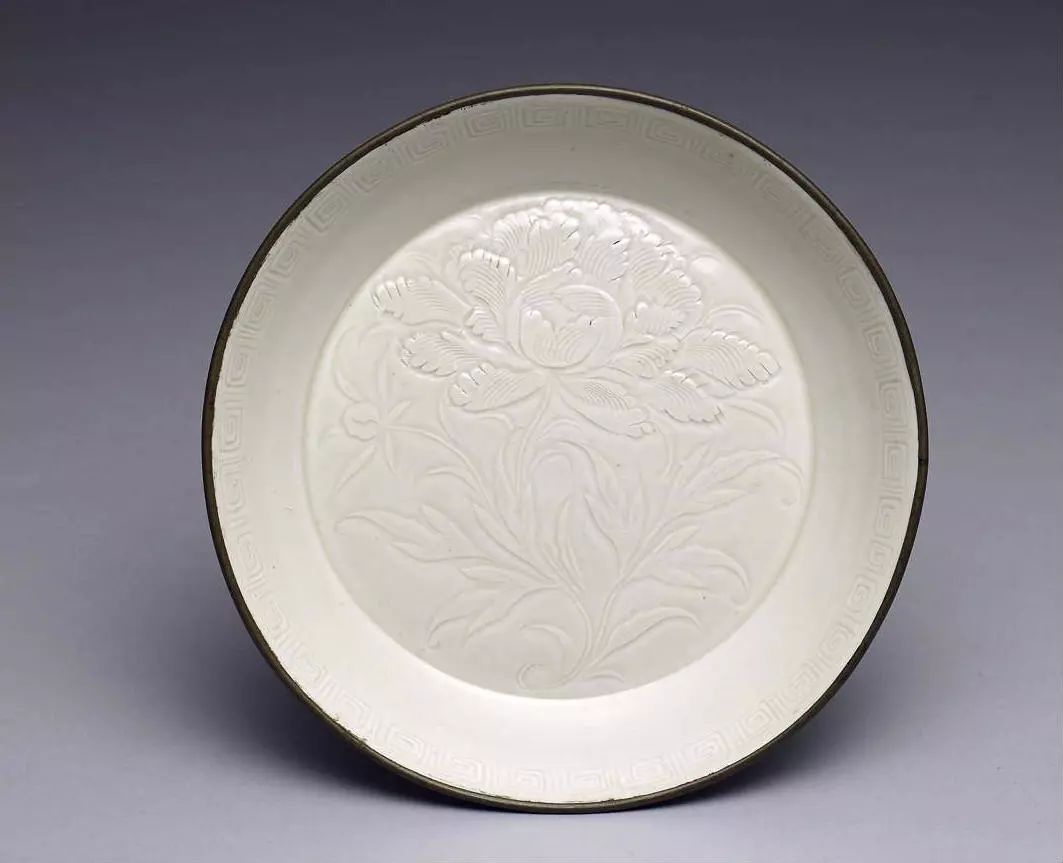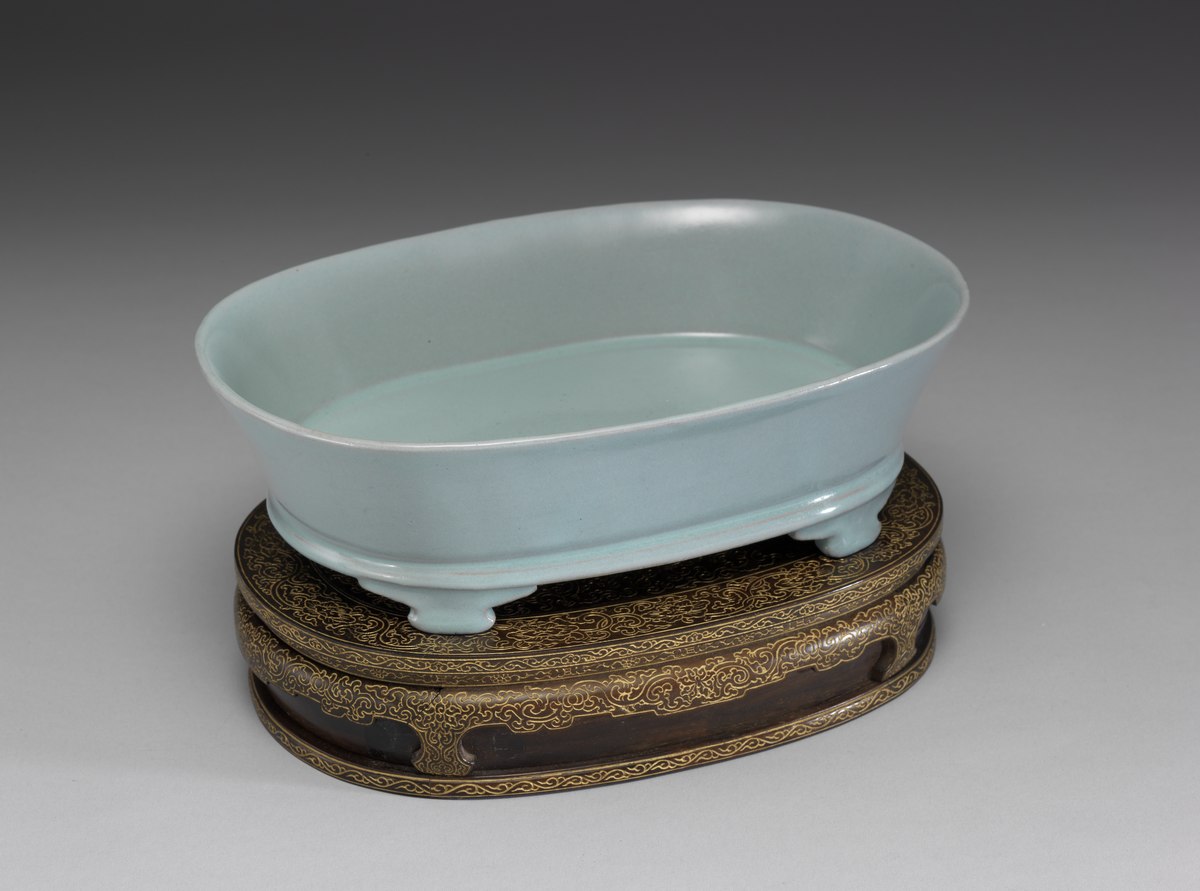
Deutsch-Chinesische Enzyklopädie, 德汉百科

Die Präfektur Linxia blickt auf eine lange Geschichte und zahlreiche Kulturdenkmäler zurück. Die Menschen blühten in Linxia in der späten Altsteinzeit auf, und die Kultur von der Jungsteinzeit bis zur Bronzezeit war sogar noch farbenfroher, mit Ruinen, die über den ganzen Ort verstreut sind. Die archäologische Untersuchung ergab, dass es im gesamten Bundesstaat 548 Fundstätten gibt. Linxia ist eines der am stärksten konzentrierten neolithischen Kultur- und archäologischen Ausgrabungsgebiete in China und wurde als „Heimatstadt der bunten Töpfer“ in China bekannt.
临夏州历史源远流长,文化遗迹众多,临夏地域在旧石器时代晚期就有人类繁衍生息,新石器时代至青铜时代的文化更是丰富多彩,遗址星罗棋布。据考古调查,全州境内有文物遗址548处,是中国新石器文化最集中、考古发掘最多的地区之一,素有中国“彩陶之乡”的美誉。
黄河是中华民族文明的摇篮,奔腾不息的黄河孕育了伟大的古代文明。地处黄河上游的临夏,在距今5000—2000多年前的漫长岁月里, 原始先民们在河流两旁的河畔台地耕耘劳作,繁衍生息,并创造出了辉煌的彩陶文化和灿烂的古代文明。精美绝伦的临夏彩陶,是黄河文明序章中最辉煌的一部分。
临夏彩陶文化有着源远流长的发展历史,从距今5000年前的马家窑文化,历经齐家文化,直至辛店文化、寺洼文化,时间跨度长达3000多年,其经历了兴起、繁盛、衰退的发展阶段,构成了一部完整的彩陶文化发展史。
临夏彩陶文化具有自己独立的发展体系。从空间上看,遍布于临夏大地的各个角落,呈现出由东南向西北推进的趋势;从时间上看,从距今5000年前的马家窑文化一直延续到距今3000年前的寺洼文化,形成了自己独立的发展体系与特色,是中国唯一没有中断的彩陶文化。




 Chinesisches Nationalmuseum
Chinesisches Nationalmuseum
 Jiangxi Sheng-JX
Jiangxi Sheng-JX

 Art
Art
 CK - Chinese Art 1368 - 1644 AD
CK - Chinese Art 1368 - 1644 AD
 Nationales Palastmuseum Taipeh
Nationales Palastmuseum Taipeh
 Palastmuseum
Palastmuseum
 British Museum
British Museum
 China
China
 China National Art Museum
China National Art Museum

 Art
Art
 *China's ceramics and porcelain
*China's ceramics and porcelain
 Musée du Louvre
Musée du Louvre
 Nationales Palastmuseum Taipeh
Nationales Palastmuseum Taipeh
 Palastmuseum
Palastmuseum
 Palastmuseum Peking
Palastmuseum Peking

 Science and technology
Science and technology

 China
China
 Chinesisches Nationalmuseum
Chinesisches Nationalmuseum
 Fujian Sheng-FJ
Fujian Sheng-FJ

 Art
Art

 Art
Art
 *China's ceramics and porcelain
*China's ceramics and porcelain
 Palastmuseum
Palastmuseum


定窑是宋代五大名窑之一,在宋代属定州境内,故名“定窑”。窑址位于现在的河北省曲阳县涧滋村、燕山村一带。
定窑创烧于唐代,经过五代,于北宋时达到鼎盛时期,在元代时虽生产,仍终止于元。以出产白瓷着称,胎薄而轻,质地坚硬,色泽洁白,不太透明,《归潜志》上说“定州花瓷瓯,颜色天下白”。 此外定窑也烧制黑釉、酱釉和绿釉等,分别称“黑定”、“紫定”、“绿定”。定窑虽然是民间瓷窑,但北宋中期之后由于品质精良、纹饰秀美为宫廷选中,也为宫廷烧造了大量瓷器,到了明清时代,评论宋代陶瓷,品评汝窑、官窑、哥窑、定窑和钧窑为宋代五大名窑,可见得定窑瓷器之盛名。
Ding ware, Ting ware (Chinese: 定瓷; pinyin: Dìngcí) or Dingyao were Chinese ceramics, mostly porcelain, produced in the prefecture of Dingzhou (formerly romanized as "Ting-chou") in Hebei in northern China. The main kilns were at Jiancicun or Jianci in Quyang County. They were produced between the Tang and Yuan dynasties of imperial China, though their finest period was in the 11th century, under the Northern Song.[1] The kilns "were in almost constant operation from the early eighth until the mid-fourteenth century."[2]
The most characteristic wares are thin porcelains with a white or greyish body and a nearly transparent white-tinted glaze,[3] though they are classed as stoneware by some.[4] Chemical analysis has shown that they were often made entirely of a kaolinitic clay without any petuntse or "porcelain stone".[5] They are mostly decorated, with uncoloured designs that are incised or in very shallow relief.
Ding ware was the most famous northern Chinese white ware under the Song, although there was increasing competition from the Qingbai ware from Jingdezhen in the south, which by the end of the Song had eclipsed Ding ware, achieving a predominance it has maintained in subsequent centuries. A key event in this process was the flight of the remaining Northern Song court to the south, after they lost control of the north in the disastrous Jin-Song wars of the 1120s. A new Southern Song court was based in Hangzhou.[6] This may have been accompanied by the movement of potters to Jingdezhen.[7]
La ceramica Ding (定瓷S, dìngcíP), deve il suo nome alla prefettura di Dingzhou, in Cina, dove veniva prodotta. Divenne molto conosciuta ed apprezzata sotto la dinastia Song (960-1279) e raggiunse l'apogeo nell'XI secolo, benché il forno di Ding fosse attivo sin dalla fine della dinastia Tang (618-986) e lo rimase fino a quella Yuan (1271-1368).
L'elemento distintivo della ceramica Ding è il colore bianco avorio o bianco crema che caratterizza la maggior parte della produzione, sebbene esistano esempi di manufatti monocromi nei colori nero, melanzana, verde scuro. La gamma di produzione di questi forni era ampia, in quanto realizzavano pezzi di alta qualità per la ricca classe mercantile e dei letterati. Le ceramiche Ding furono inoltre le prime ad essere ammesse presso la corte imperiale per uso ufficiale; sfortunatamente però la loro notorietà non durò a lungo, in quanto vennero sostituite dalla famiglia reale con i manufatti Ru già nel 1100.


 History
History
